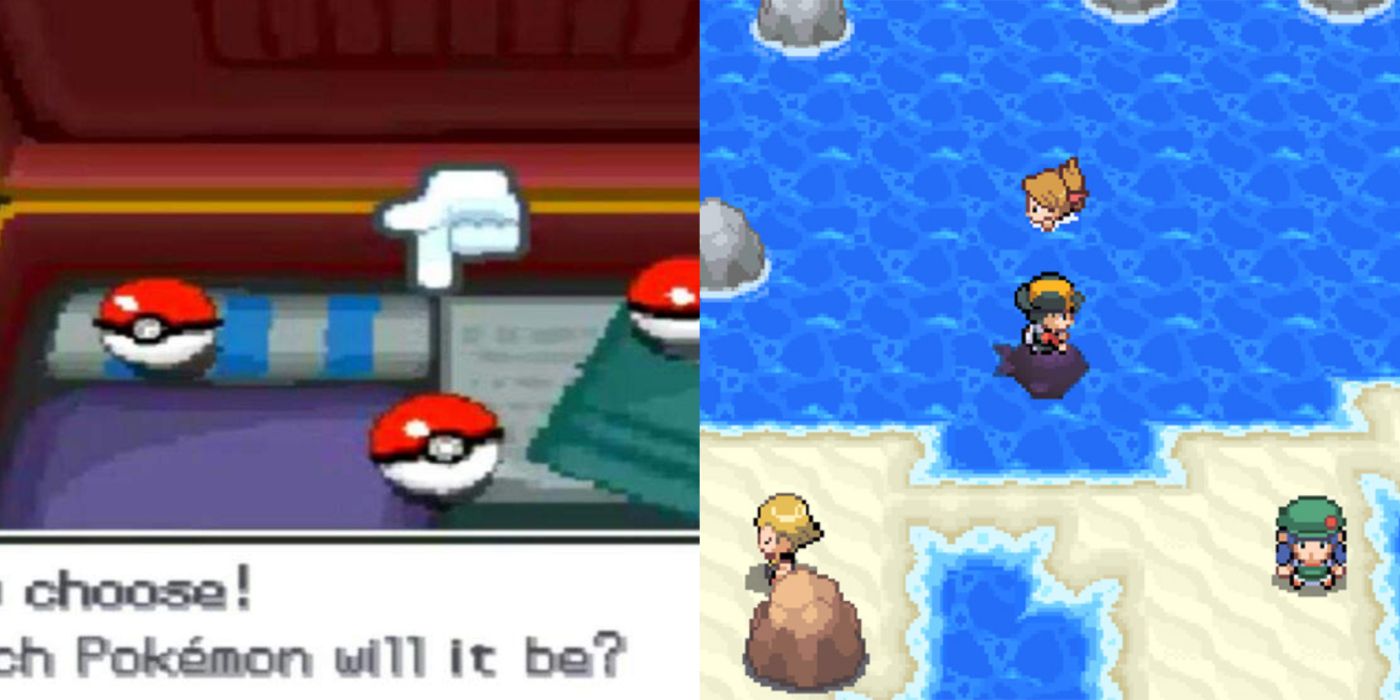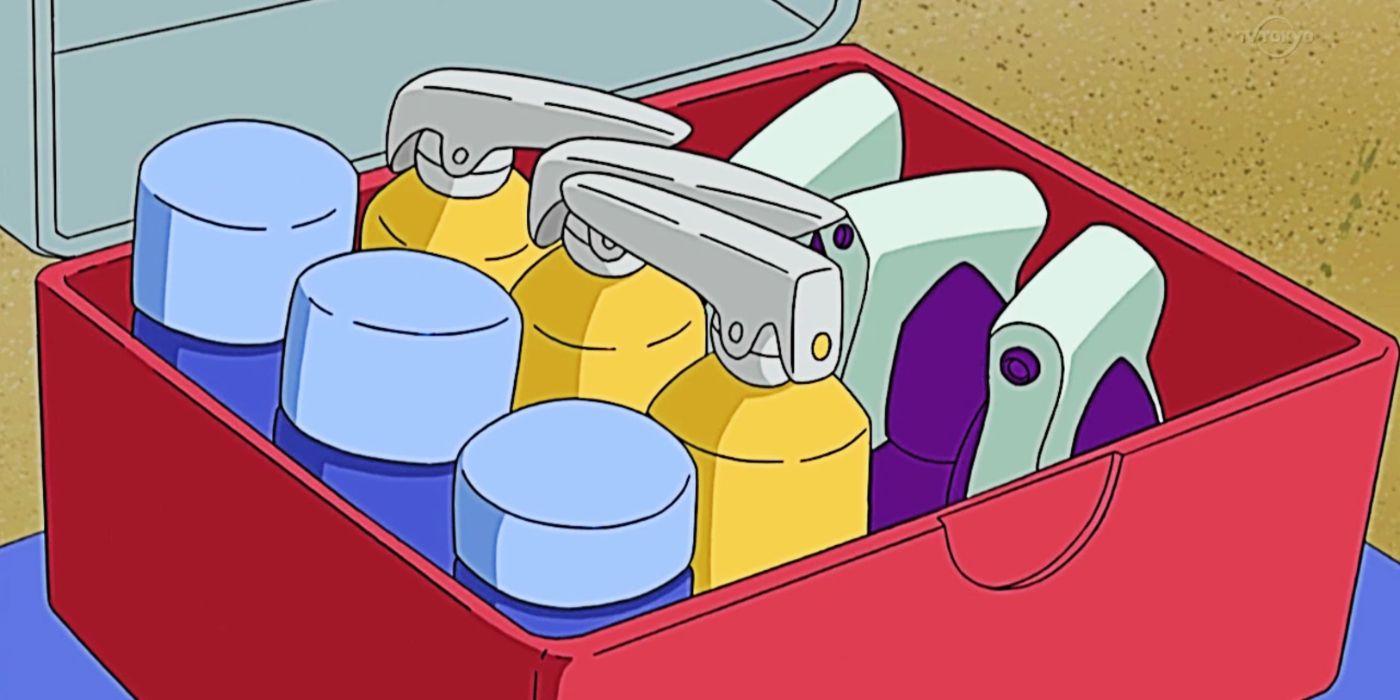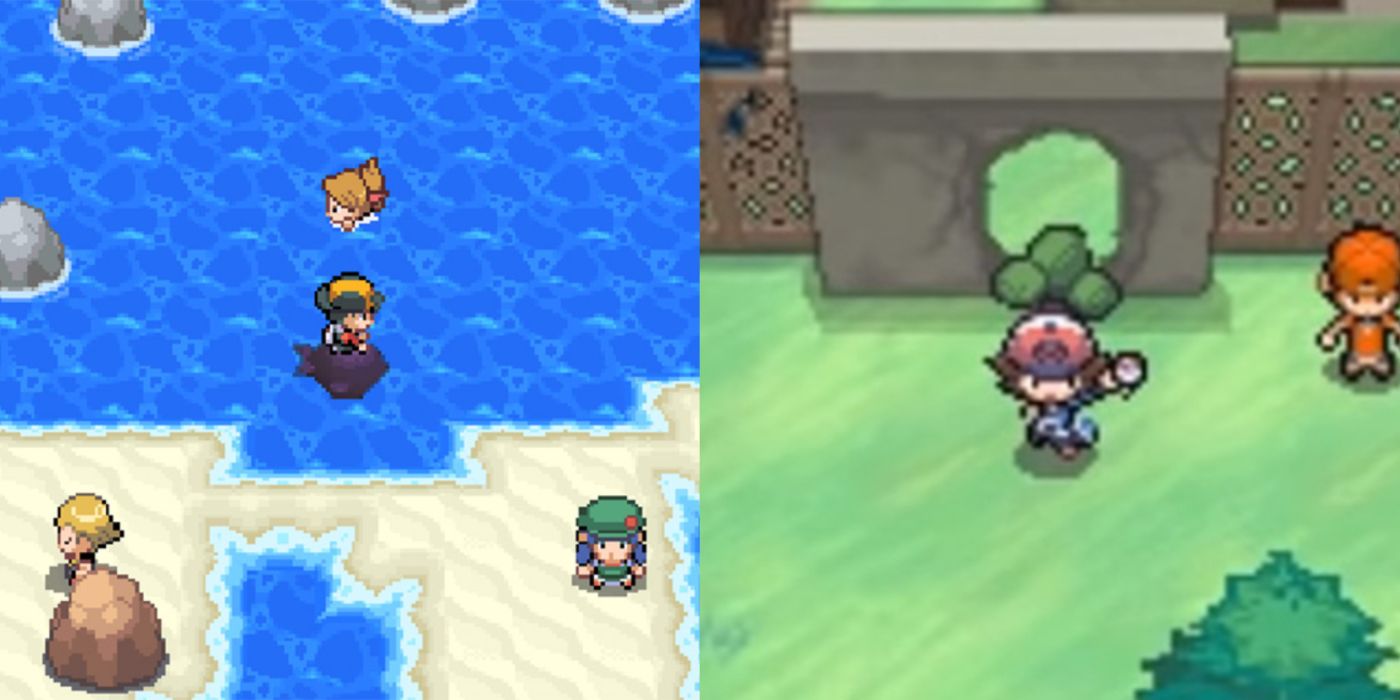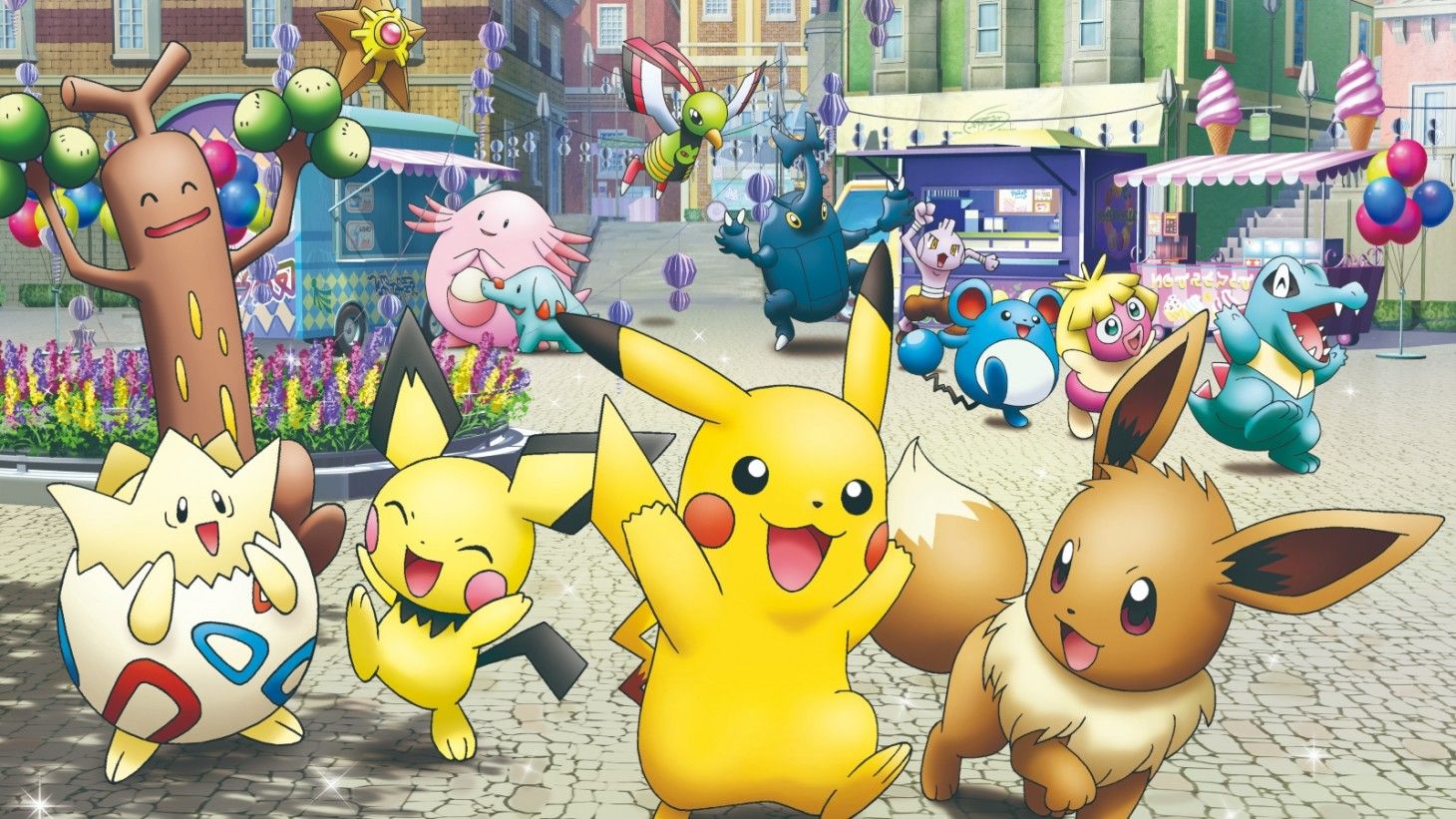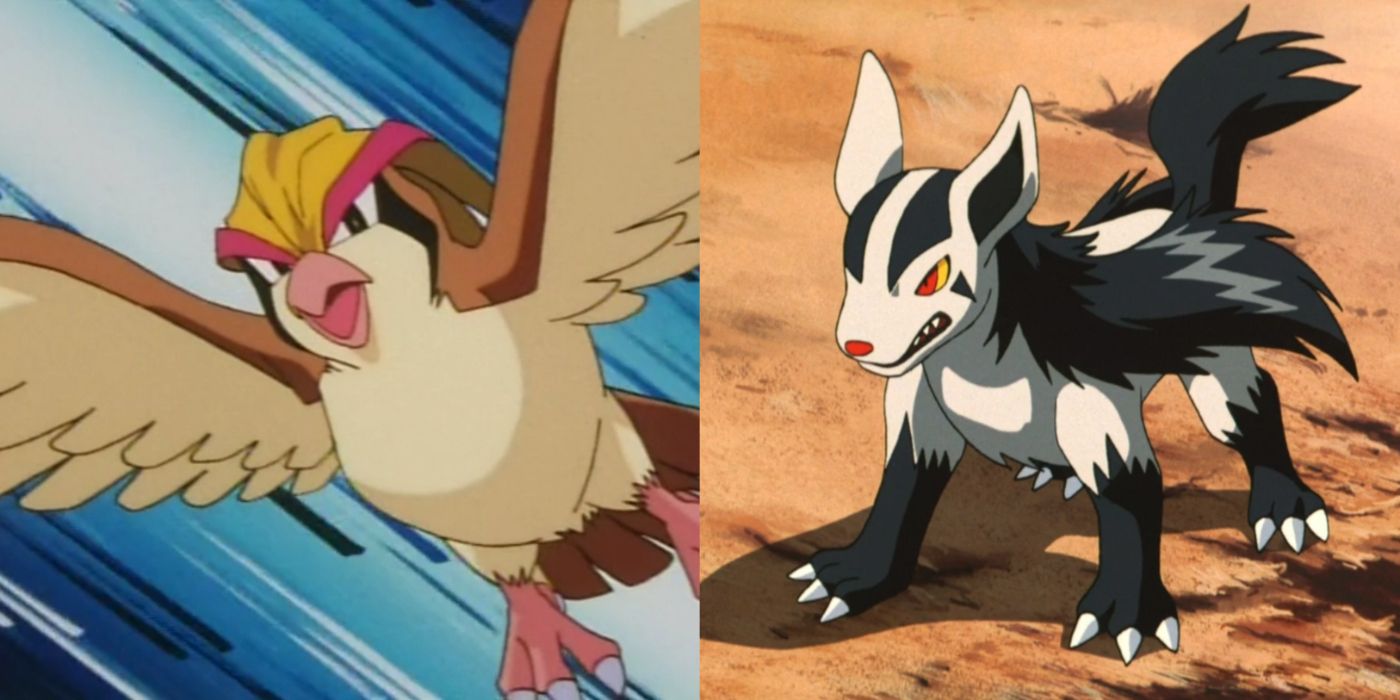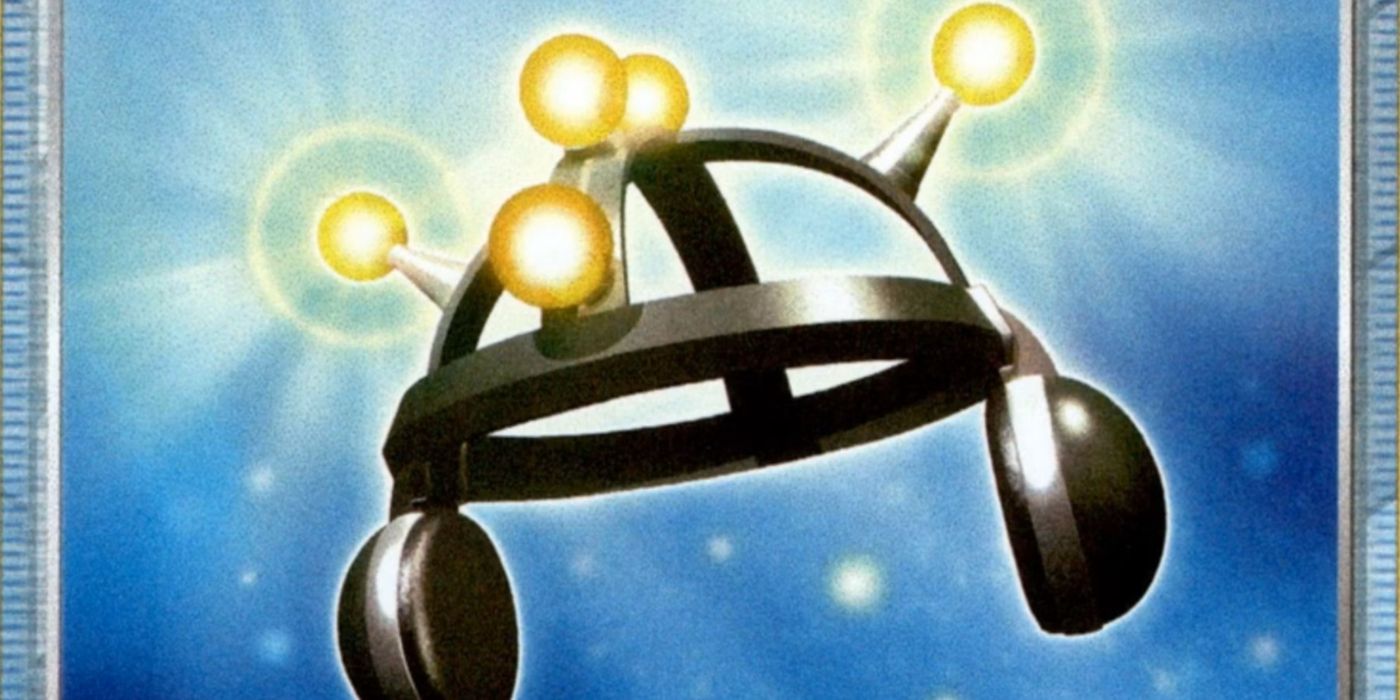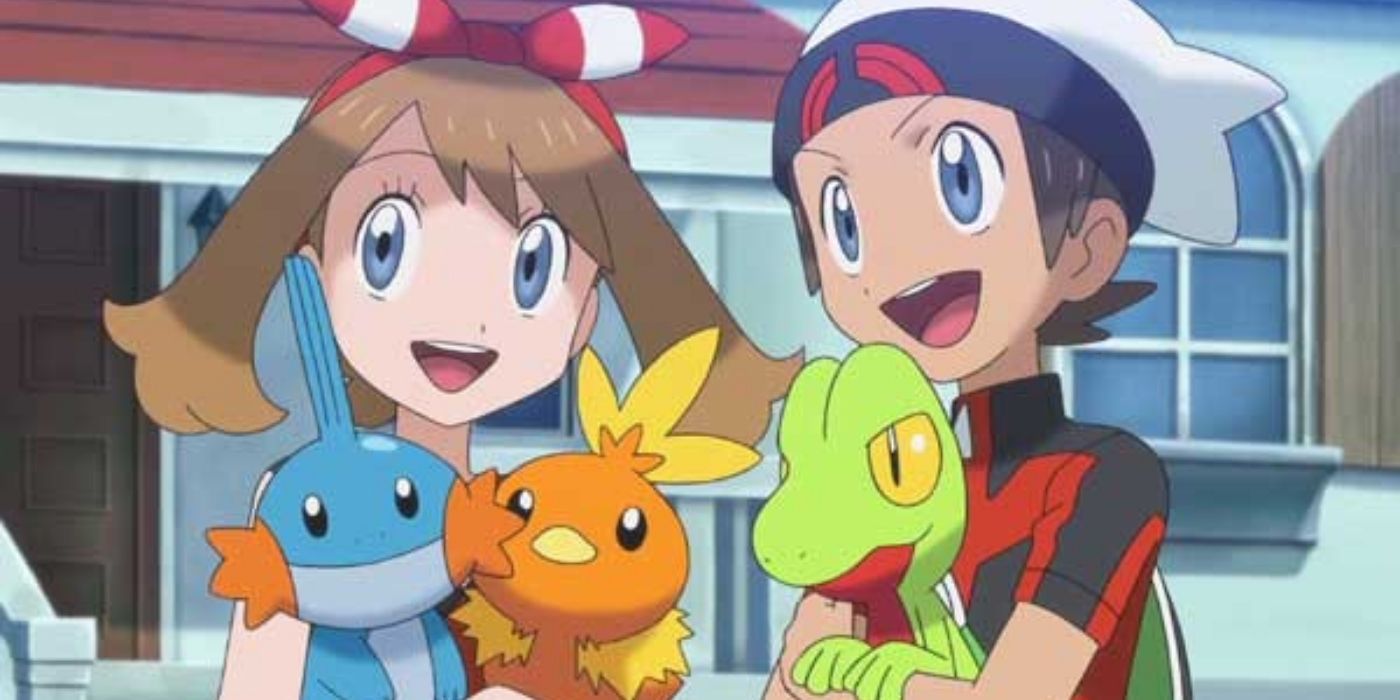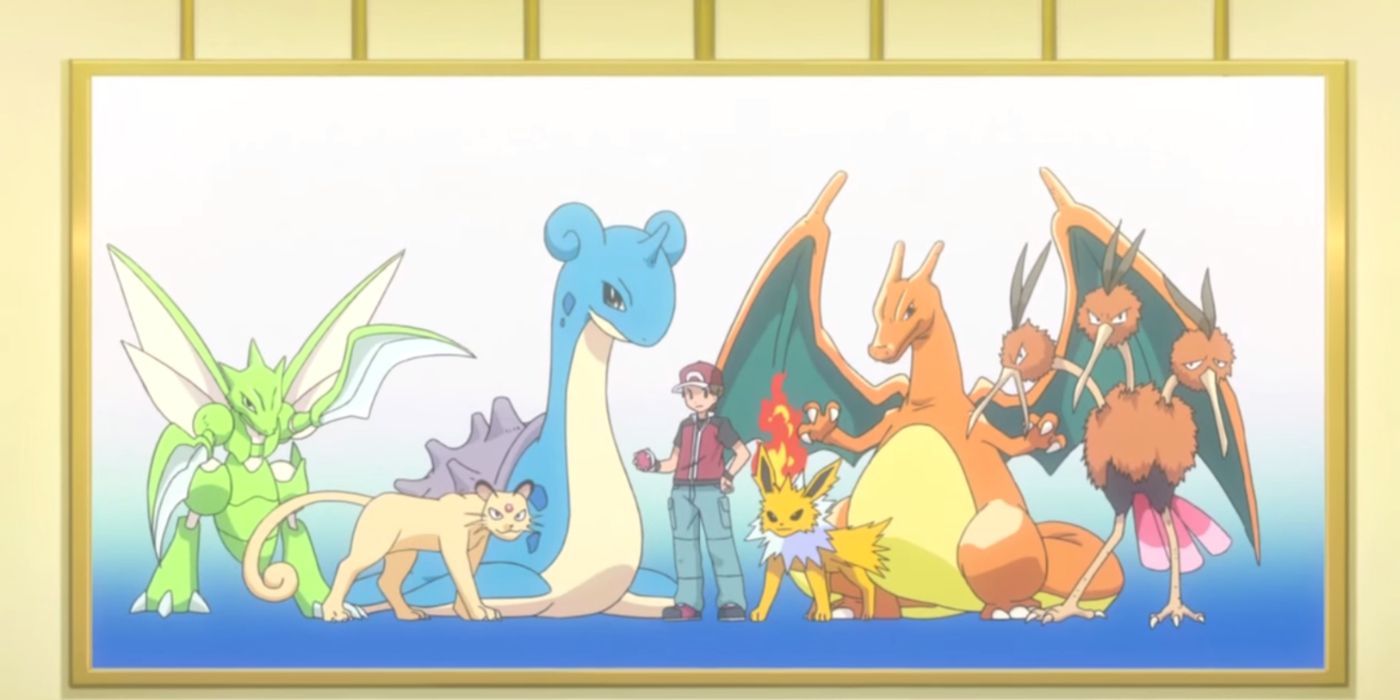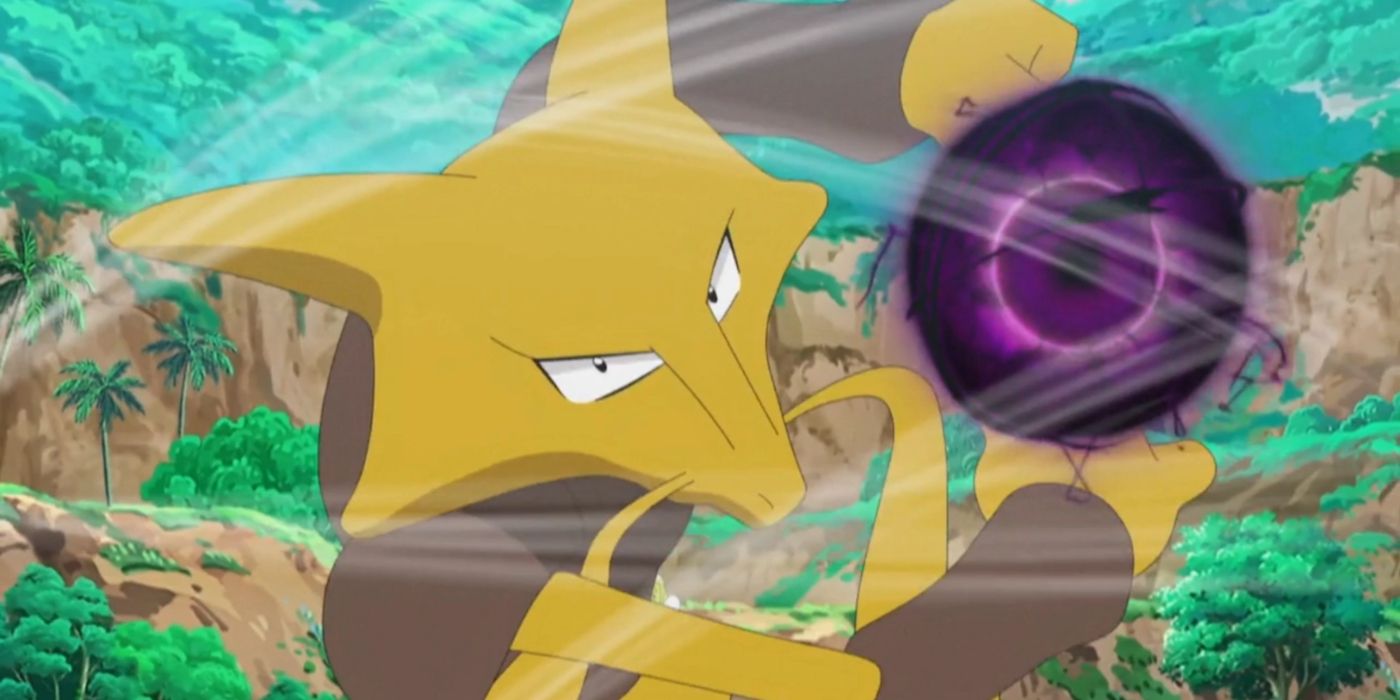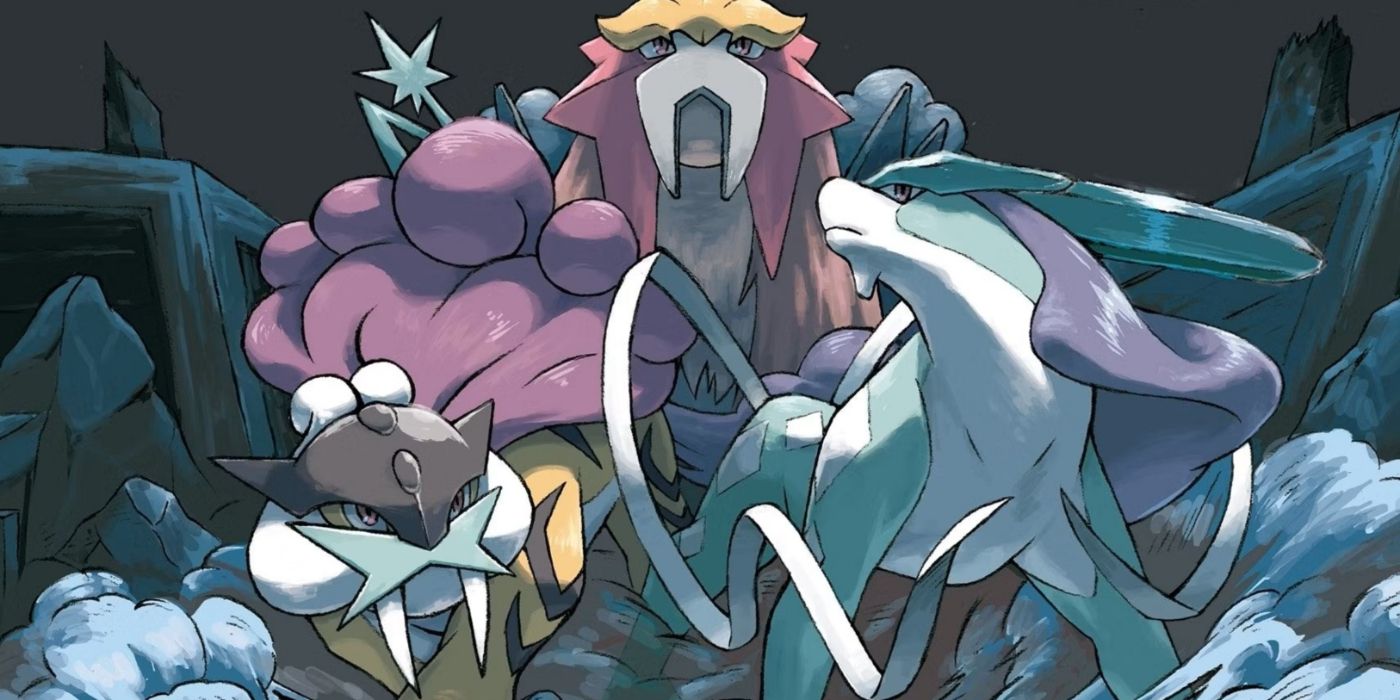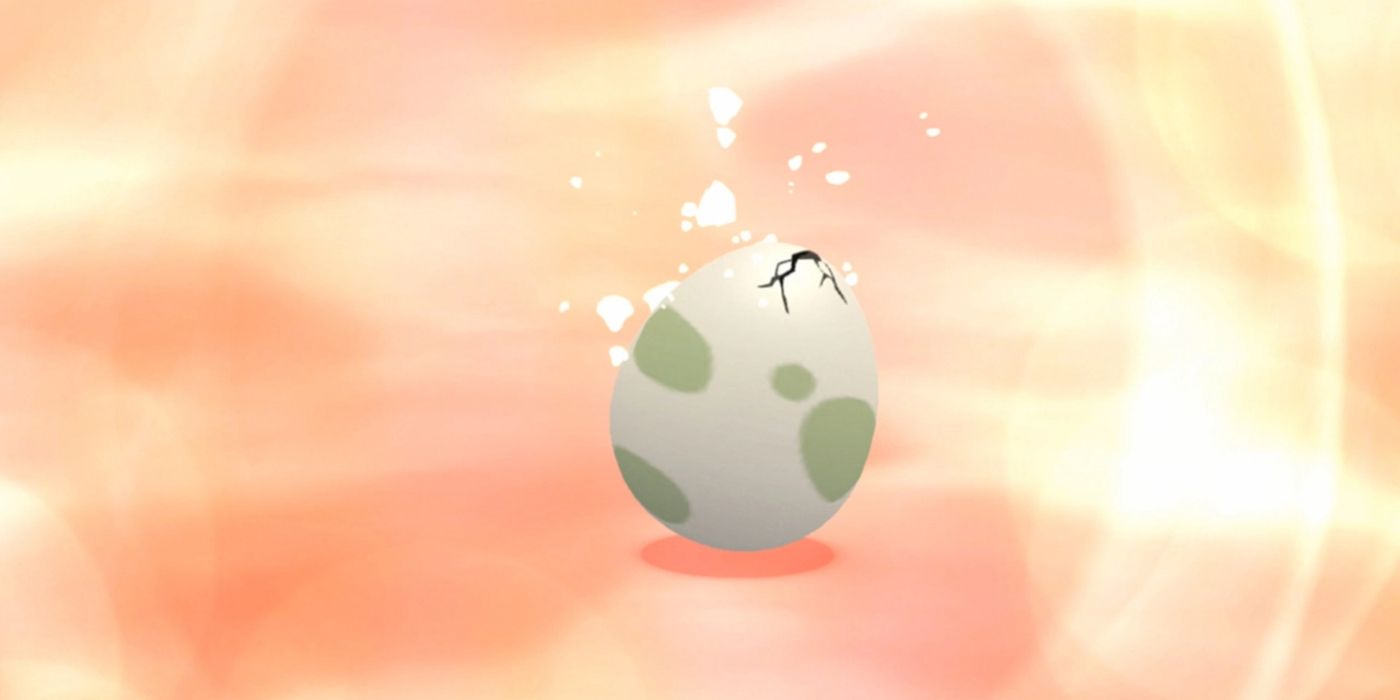Though this year's release of Pokémon Legends: Arceus was a refreshing shakeup to the series' formula and the upcoming Scarlet and Violet games are aiming to continue that trend, the classic games through the Nintendo DS era still have their charms.
That being said, some of the conventions in those games might be jarring for newcomers looking to experience the franchise's earlier years. Hidden Machiness are one of the features many long-time fans agree were rightfully done away with in the newer games. And while Pokémon games were never especially challenging, paying attention to team diversification is worth paying more attention to.
Stock Up On Status Ailment Medicine
The newer games have gotten more forgiving against status ailments, namely with Poison no longer chipping the affected Pokémon's HP away when both in and out of battle. In the older games, however, this was an added challenge to manage when traversing their worlds.
Few things can be more detrimental to a battle or an adventure than having Poisoned party members fainting due to lack of a nearby Pokémon Center, being afflicted with Sleep, or being constantly Paralyzed. It would be wise for players to stock up on the coinciding ailment medicines at the local Mart before venturing out of town, and especially Full Heals whenever available.
Plan The Team With HMs In Mind
Being stopped by minor obstacles and forced to use HMs is one of the tired Pokémon clichés fans are glad to have seen the series grow past. While veteran fans might say to have one of the team's members be the designated "HM mule," plan the team around the HM requirements rather than sacrificing a whole slot to a Pokémon who won't be of any use in battle.
Instead of having a Level 5 Zigzagoon wasting that 6th team slot and leaving only five to be useful in battle, have a competent team of six that can split the HMs among themselves. Some HMs feel like burdens, but for in-game playthroughs, the likes of Fly, Surf, Waterfall, and Strength are legitimately strong moves in battle as well, and there are more than enough strong Flying-Types, Water-Types, etc. that can use them.
Diversify The Team By Types
Diversification is admittedly something that can apply to newer games like Sword and Shield as well. However, since some of the more recent mainline Pokémon games have made some of the harder elements age poorly, making sure players had well-rounded teams was arguably more important in older titles.
The rock-paper-scissors-like Type system in these games is simple to grasp, so players should take advantage of that by having a diverse Pokémon team that covers unique typings. It's important to not have much (or any) Type overlap if possible, as having Pokémon that complement and compensate for their teammates' weaknesses will pay off in the Gym, Elite Four, and various post-game battle facility challenges.
Don't Focus Too Much On Competitive Viability
Like many other video game franchises, Pokémon has built up a fairly healthy competitive scene for the mainline games. However, even though the classic games are known to have a bit more challenge to them than more recent entries, fixating on competitive viability should never be a focus.
Diversifying the party of six to have different Type combinations that complement each other is a good rule of thumb, but even when following that vague guideline, players should be more than able to find usefulness in most of the Pokémon found in these games. For example, the likes of Pidgeot may not be powerhouses in the metagame, but when it comes to story playthroughs, everyone's favorite has potential.
Make Use Of The Exp. Share For Catching Teammates Up
Grinding is always something that can easily become a chore in RPGs if mishandled. Some of the best mainline Pokémon games managed to keep grinding to a minimum, but it's nonetheless important to make full use of the Exp. Share whenever players get their hands on it.
The more recent games incorporated a sort of forced Exp. Share that would give the entire team full rewards from battle even if they weren't used, but the older ones incentivized individual training more. When given to a non-fainted Pokémon in the player's active party, that specific team member would receive 50 percent of the Exp. gained in battle if they participated. It's vital for training as many Pokémon at a time as possible.
Pick The Starter According To The Types Of The First Couple Of Gyms
There are certainly power levels when it comes to how useful each starter Pokémon is, even taking favoritism into account. Chikorita is an endearingly designed Grass-Type, but it's notoriously tough to play through the early parts of Johto with since the first two Gyms are Flying and Bug-Type. Should players prefer to have the most competent first partner from the start, then checking out what the first two or three Gyms specialize in would be the smart move.
Conversely, Bulbasaur is famously regarded by many fans as the best starter for Kanto, as its Grass typing can carry players through the first two Gyms by itself. This will give players time to work out who their other five party members will be without worrying about their starters being outclassed in the meantime.
Spread Out Pokémon Training As Evenly As Possible
It goes somewhat hand-in-hand with team diversification and the use of the Exp. Share, but players will want to make sure they spread their team's training as evenly as they can. Given the relatively high stats of the mainline games' starters for a standard story playthrough, it can be easy to fall into the trap of focusing on them and maybe one or two other Pokémon.
If players only give a select few of their team the lion's share of the spotlight, they could find themselves in trouble when coming across a trainer battle that has a simple Type advantage over them. Having a well-rounded team includes all six being at least close to the same level as each other.
Teach Pokémon Coverage Moves
Same Type Attack Bonus (or STAB) is a statistic that allows Pokémon of a certain Type to deal more damage when using an attack that matches it. Fire-Types will get more out of using Flamethrower, for example, but moves are another area worth diversifying in. Many species can learn attacks that don't coincide with their native Type, and this is great for what's called coverage.
It's another way for players' Pokémon to cover their own weaknesses as well as gain advantages over others. For instance, Alakazam is a Psychic-Type, but it can also learn the likes of Shadow Ball to deal Super Effective damage to other Psychic-Types and Dazzling Gleam to cover its Dark-Type weakness.
Make Catching Roaming Legendaries Easier
In certain Pokémon games -- starting with Gold, Silver, and Crystal -- there will be Legendary species that aren't battled and caught the same way most others are. Entei, Raikou, and Suicune were the mainline games' first "roaming Legendaries," as they're found randomly in the wild after triggering their story event and can flee from the player.
It can be quite the challenge to pin these Pokémon down, especially when taking their low catch rate into account as well. The easiest way to keep them in place, however, is to have a Pokémon on the team that knows a move like Mean Look or has a passive ability like Shadow Tag. Both of these techniques actively prevent wild encounters from fleeing, giving the player ample opportunity to throw Pokéballs at them.
Hatch Eggs Faster
Breeding and hatching eggs have been a popular mechanic of the Pokémon games since the second generation. However, the actual hatching process can be a bit tedious for players who aren't aware of the series' more subtle features.
Starting with Emerald Version on the Game Boy Advance, the Ability called Flame Body has the out-of-battle benefit of halving the hatching process. Simply have a Pokémon in the party like Magmar with Flame Body and an egg to make this process much faster.

